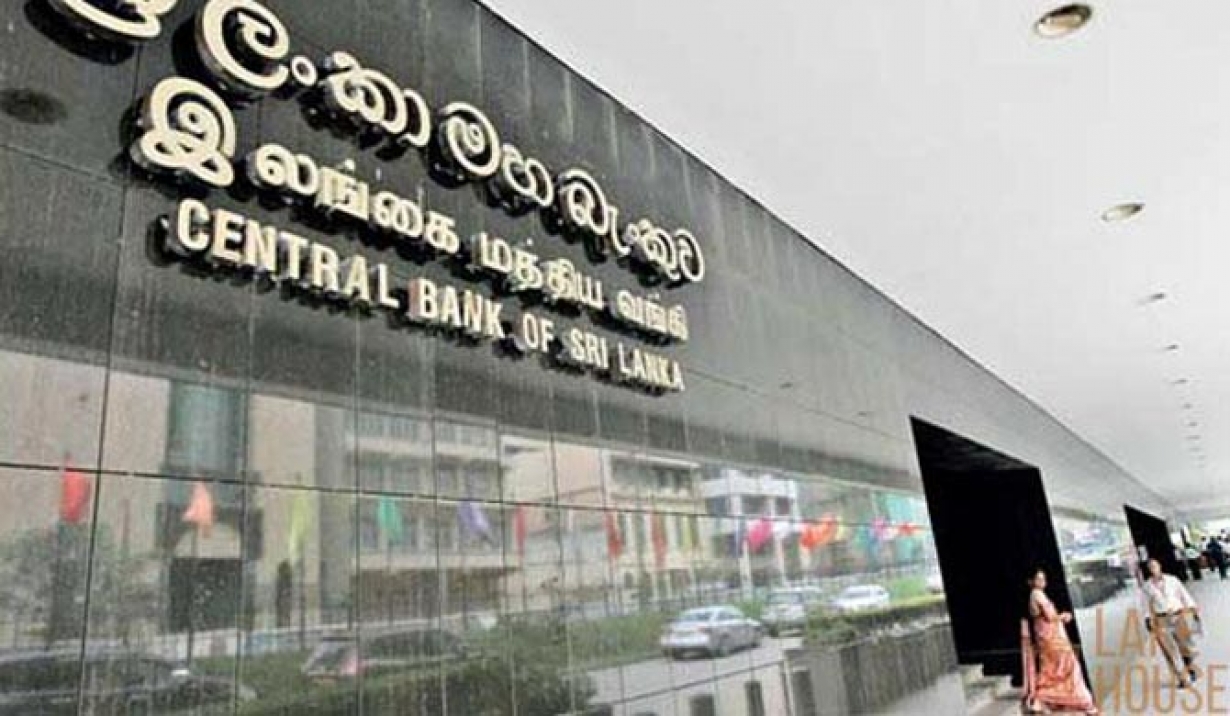
CB orders banks to cut lending rates at least 2% by Oct.15
(FASTNEWS | COLOMBO) – The Central Bank said it ordered all licensed commercial banks (LCBs) to cut lending rates at least by 200 basis points by next month as other policy measures employed by the monetary authority to stimulate economic activity had yielded limited results.
The Central Bank has ordered banks to cut their rates on all rupee denominated loans and advances at least by 200 basis points by October 15 in comparison to the interest rates applicable as at April 30, subject to certain exclusions. Each licensed bank is also expected to reduce its average weighted prime lending rate (AWPR) by 250 basis points by December 27, compared to its AWPR published by the Central Bank as at April 26.
In the interim, each LCB’s AWPR must be at least 150 basis points lower than its AWPR as at April 26 by November 1.
In the case of credit card advances, the maximum interest rate applicable will be 28 percent per annum with effect from November 1, while the maximum interest rate applicable for pre-arranged temporary overdrafts will be 24 percent per annum.
Penal interest rates added to loans and advances have been capped at 400 basis points per annum, for the amount in excess of an approved limit or in arrears, during the overdue period, with effect from October 15.
The Central Bank said it will continue to closely monitor the movements in market lending rates to ensure a more effective transmission of monetary policy through the financial system.
The bank expects to review this order at end-March 2020.
The Central Bank over the last 11 months had taken a number of policy measures to induce a reduction in market lending rates.
Standing Deposit Facility Rate (SDFR) and the Standing Lending Facility Rate (SLFR) were cut by 100 basis points in two occasions while Statutory Reserve Ratio (SRR) applicable on rupee deposit liabilities of banks was slashed by 2.5 percent releasing Rs.150 billion additional liquidity to the financial market.
The Central Bank also imposed caps on interest rates offered on rupee deposits by banks.
“The Central Bank has taken these measures with a view to supporting economic activity, given well contained inflation and inflation expectations. Further slowdown observed in the economy following the Easter Sunday attacks has intensified the need for lower market lending rates,” the Central Bank said.
Sri Lanka’s second quarter economic growth slumped over a five-year low to 1.6 percent as the Easter Sunday bomb attacks that killed over 250 people hit the island nation’s fastest-growing tourism sector.
Meanwhile, the growth of credit extended to the private sector has also decelerated sharply since the beginning of this year, and the non-performing loans (NPLs) have grown due to various factors.
The Central Bank is of the view that, among others, excessively high nominal and real lending rates are a key reason for slowing credit expansion and rising NPLs.
“Sri Lanka’s real lending rates are unacceptably high compared to its peer economies, and are not consistent either with the low inflation regime experienced by the country over the past 10 years and the expectations of four to six percent level of inflation envisaged under the proposed flexible inflation targeting framework,” the Central Bank said.
In the case of credit card advances, the maximum interest rate applicable will be 28 percent per annum with effect from November 1, while the maximum interest rate applicable for pre-arranged temporary overdrafts will be 24 percent per annum.
Penal interest rates added to loans and advances have been capped at 400 basis points per annum, for the amount in excess of an approved limit or in arrears, during the overdue period, with effect from October 15.
The Central Bank said it will continue to closely monitor the movements in market lending rates to ensure a more effective transmission of monetary policy through the financial system.
The bank expects to review this order at end-March 2020.
The Central Bank over the last 11 months had taken a number of policy measures to induce a reduction in market lending rates.
Standing Deposit Facility Rate (SDFR) and the Standing Lending Facility Rate (SLFR) were cut by 100 basis points in two occasions while Statutory Reserve Ratio (SRR) applicable on rupee deposit liabilities of banks was slashed by 2.5 percent releasing Rs.150 billion additional liquidity to the financial market.
The Central Bank also imposed caps on interest rates offered on rupee deposits by banks.
“The Central Bank has taken these measures with a view to supporting economic activity, given well contained inflation and inflation expectations. Further slowdown observed in the economy following the Easter Sunday attacks has intensified the need for lower market lending rates,” the Central Bank said.
Sri Lanka’s second quarter economic growth slumped over a five-year low to 1.6 percent as the Easter Sunday bomb attacks that killed over 250 people hit the island nation’s fastest-growing tourism sector.
Meanwhile, the growth of credit extended to the private sector has also decelerated sharply since the beginning of this year, and the non-performing loans (NPLs) have grown due to various factors.
The Central Bank is of the view that, among others, excessively high nominal and real lending rates are a key reason for slowing credit expansion and rising NPLs.
“Sri Lanka’s real lending rates are unacceptably high compared to its peer economies, and are not consistent either with the low inflation regime experienced by the country over the past 10 years and the expectations of four to six percent level of inflation envisaged under the proposed flexible inflation targeting framework,” the Central Bank said.

